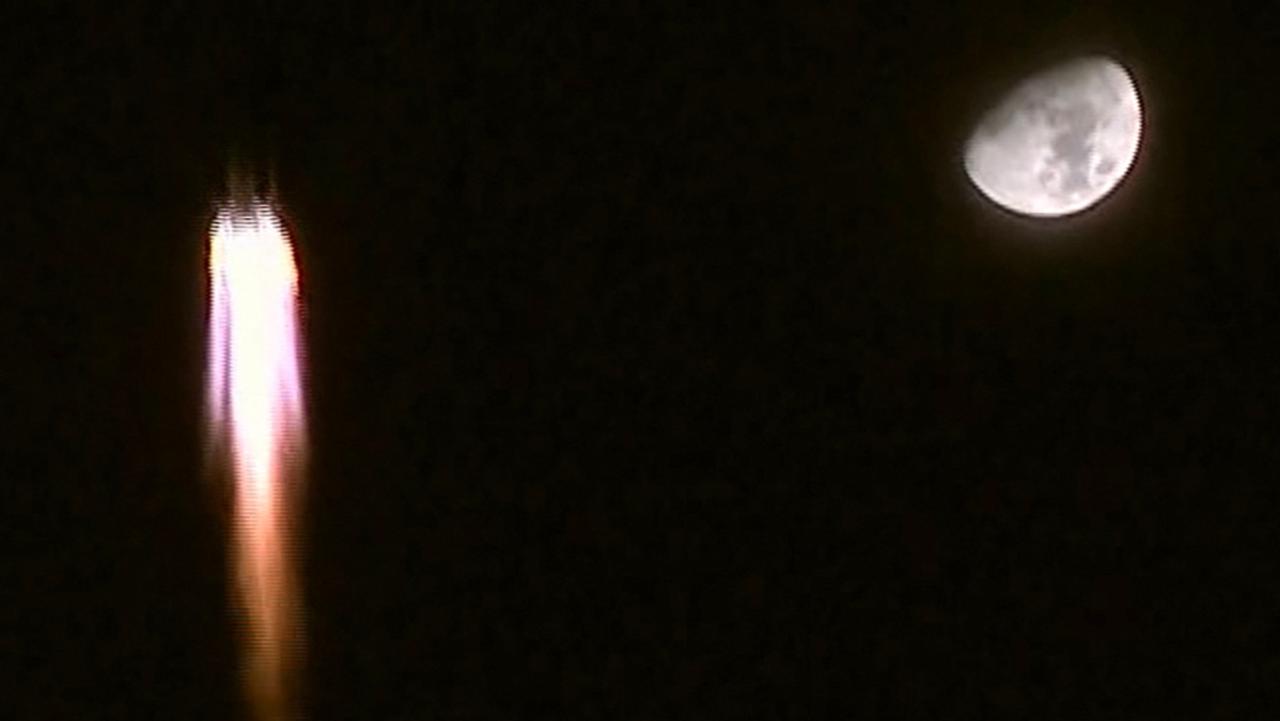US confirms China hypersonic test
The US has confirmed China tested an orbital hypersonic missile, with a top general likening it to an event six decades ago that changed the world.
A top United States general has officially confirmed China tested hypersonic missile earlier this year, saying the “significant event” is close to a “Sputnik moment”.
General Mark Milley, Chairman of the Joint Chiefs of Staff, made the comments in an interview with Bloomberg TV on Wednesday, marking the most direct acknowledgment by the US of the tests first reported by the Financial Times earlier this month.
According to the reports, US intelligence officials were left stunned by China’s launch of a nuclear-capable, hypersonic glide vehicle which circled the globe in low orbit before landing near its target.
China reportedly launched tests in July and August of the hypersonic missile, which alarmed the Pentagon as it demonstrated a brand-new weapons capability with technology the US does not currently possess and is struggling to understand.
“What we saw was a very significant event of a test of a hypersonic weapons system, and it is very concerning,” Mr Milley told Bloomberg TV.
“I think I saw in some of the newspapers, they used the term ‘Sputnik moment’. I don’t know if it’s quite a Sputnik moment, but I think it’s very close to that. So it’s a very significant technological event that occurred, or test that occurred, by the Chinese, and it has all of our attention.”
China has denied the reports, saying the launches were routine spacecraft tests.
‘Sputnik moment’
The Soviet Union’s successful launch in October 1957 of the first artificial Earth satellite, the Sputnik 1, sent shockwaves through the west and sparked a crisis over the perceived technological gap between the Communist nation and the US.
The Sputnik launch led to the creation of NASA and kicked off the space race between the superpowers, culminating in the US becoming the first nation to land humans on the moon in July 1969.
Speaking to Bloomberg TV, Mr Milley cautioned that China’s hypersonic test was “just one weapon system”.
“The Chinese military capabilities are much greater than that,” he said.
“They’re expanding rapidly in space, in cyber, and in the traditional domains of land, sea and air. They have gone from a peasant-based infantry army that was very, very large in 1979, to a very capable military that covers all of the domains and has global ambitions. So China is very significant on our horizon.”
Mr Milley said China was “clearly the most significant geostrategic threat” facing the US.
“I think as we look to the future, we are living in an historical epoch, actually,” he said.
“We’re seeing the rise of a country that is unlike something we’ve seen probably ever before. It’s one of the great historical pivot points that we’ve ever witnessed, which is the rise of China. From the reforms of 1979 of Deng Xiaoping up until today, they’ve had an incredible economic run and with that they’ve developed a military that’s really significant.”
Over the next quarter-century, Mr Milley said there was “no question in my mind that the biggest geo-strategic challenge to the United States is going to be China – of that I have no doubt at all”.
Mr Milley came under fire last month after revelations he had secretly phoned his Chinese counterpart in the final weeks of the Trump administration to assure them he would warn them “ahead of time” in the event of a US attack.
US President Joe Biden stood by Mr Milley, saying he had “great confidence” in him.
Hypersonic race
Hypersonic missiles, like traditional ballistic missiles, can fly more than five times the speed of sound (Mach 5).
But they are more manoeuvrable than their ballistic counterparts and can trace a low trajectory in the atmosphere, making them harder to defend against.
US missile defence systems are designed to target the fixed parabolic trajectory of traditional intercontinental ballistic missiles (ICBMs), which launch up and down like a cannonball.
China appears to have taken the technology one step further by first launching a rocket carrying the hypersonic glide vehicle in low orbit. The glide vehicle then separates from the rocket and manoeuvres towards its target.
The rocket system is known as fractional orbital bombardment, a technology originally developed by the Soviet Union in the 1960s but later abandoned – “fractional” because it was not designed to go into a full orbit of the Earth.
The US, China and Russia are all developing hypersonic missile technology.
Last week, the US Navy said it had successfully tested a hypersonic missile at a NASA facility in Wallops, Virginia describing it as a “vital step in the development of a Navy-designed common hypersonic missile”.
“This test demonstrated advanced hypersonic technologies, capabilities, and prototype systems in a realistic operating environment,” the Navy said in a statement.
In 2019, China unveiled a hypersonic medium-range missile, the DF-17, which can travel around 2000km and can carry nuclear warheads.
Russia recently launched a hypersonic missile, the Zircon, from a submarine, and since late 2019 has had the hypersonic nuclear-capable Avangard missiles in service. The Avangard can travel at up to Mach 27, changing course and altitude.
The Pentagon hopes to deploy its first hypersonic weapons by 2025 and has said their development is one of its “highest priorities”.
For all the latest Technology News Click Here

